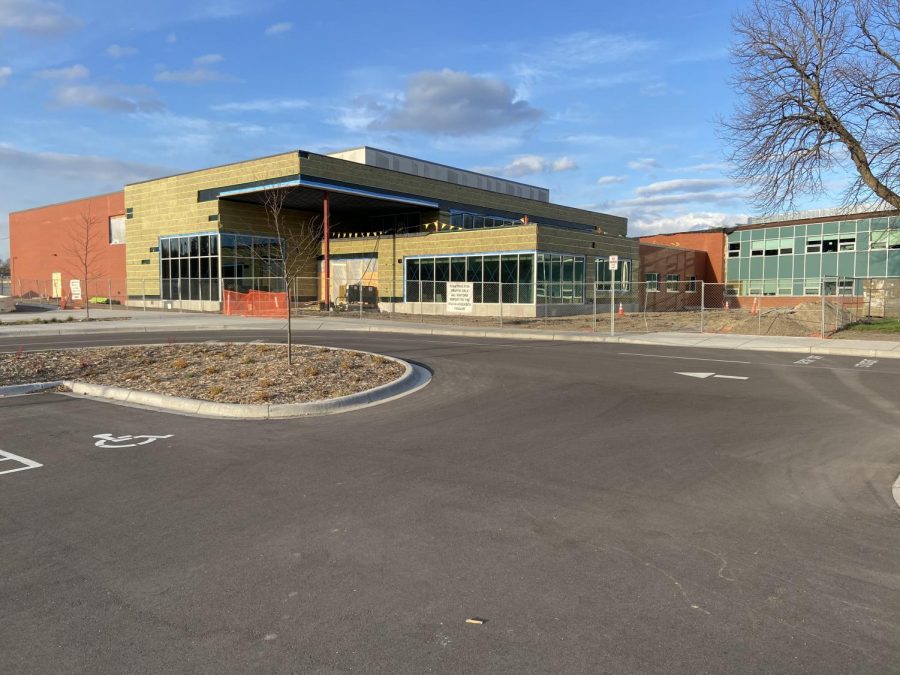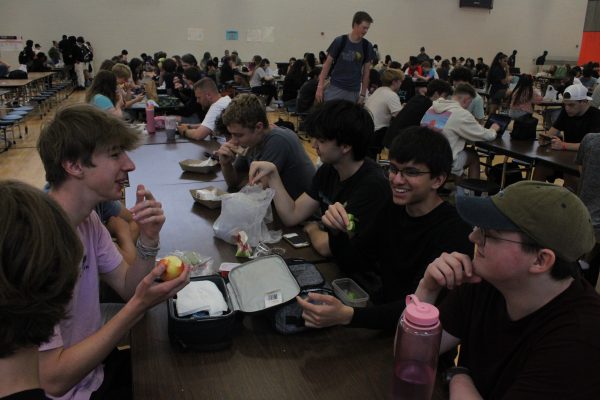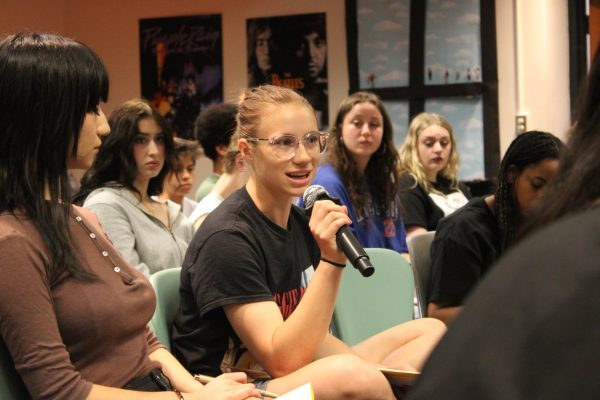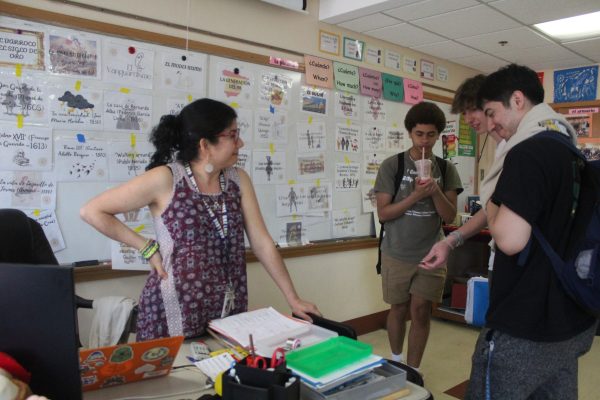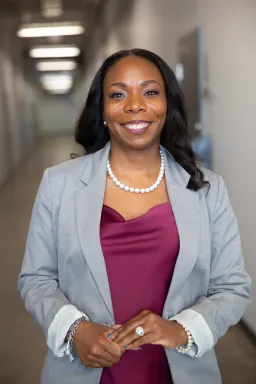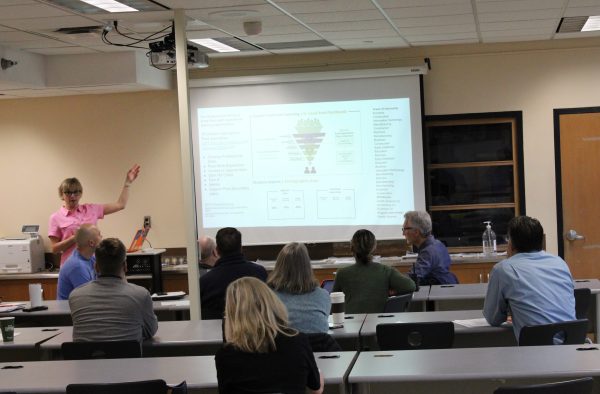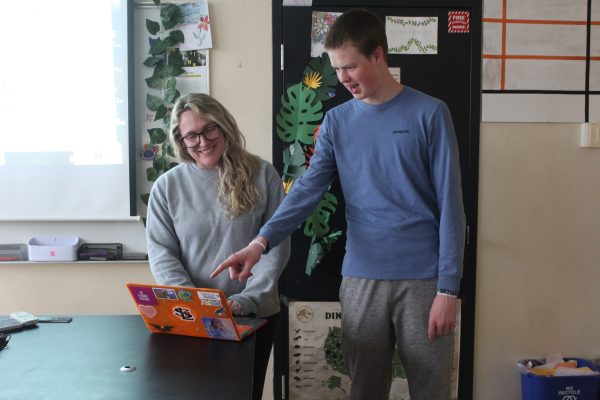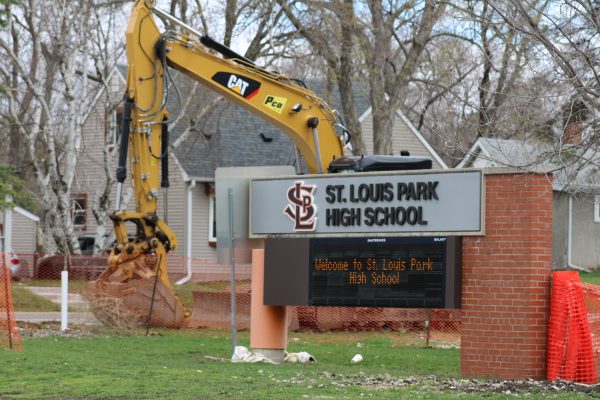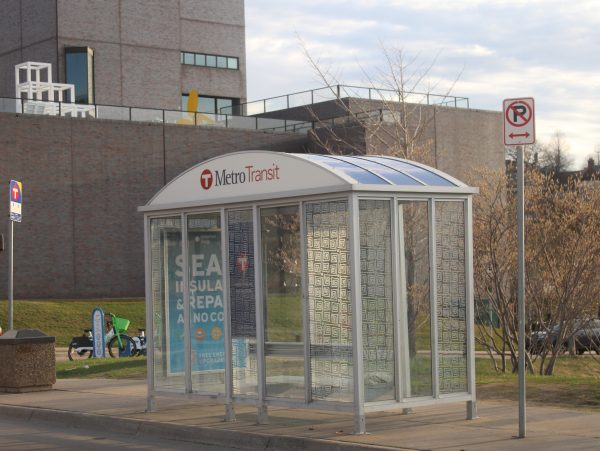Construction costs soar due to pandemic
District plans to combat increasing material prices
The construction of the middle school Performing Arts Center nears completion as it was part of the 2017 $100.9 million referendum. The district’s increasing material across all of its remaining projects has forced district administrators to search for solutions.
April 23, 2021
After spending the better part of a year responding to the COVID-19 pandemic, District Facilities Manager Tom Bravo said the increased costs of materials were inevitable while the district is in the middle of construction projects.
“You have to put everything into play, the labor, the installation and the other trades, the electrical, the plumbing and all of those other costs. So, that’s why people have seen up to about a 40 percent increase in construction costs,” Bravo said. “And we never planned for that because who would have planned for it..”
Voters in St. Louis Park approved a $100.9 million referendum that would pay for countless construction projects and facility upgrades across the district Nov. 7, 2017. Four years later, in 2021, the district is seeing a large increase in building material prices due to a variety of reasons — most notably the COVID-19 pandemic.
Director of Business Services Patricia Magnuson said the bond money initially raised for the referendum can only be used on construction projects, but general fund capital can be reallocated to help pay for construction costs.
“The money that we got from the referendum can only be used to do the projects that the voters approved, so it’s completely separate from the general fund monies,” Magnuson said. “We could use our general fund monies, and the law allows us to use it for construction projects but we will not be doing that.”
Bravo said projects at the city have become 40 percent over budget, which has helped the district see that they will be over budget as well.
“We know we’re going to be over budget, and then we won’t be able to do all the projects at the same time so we will have to stretch them out,” Bravo said.
Senior Elliot Salmon said he thought it was impossible for the district to anticipate COVID-19.
“In 2017, when they made these plans, they budgeted for a normal use by student populations, normal state funding and just probably regular inflation prices for these materials,” Salmon said. “So, the unexpectedness of the entire pandemic, throughout the past year really, I don’t fault them at all for that, because it was really just so unforeseen.”
Senior Maddie Olson said she is concerned that the district is focusing too much on new building construction.
“I know the district is already over budget, and it’s obvious to everyone who goes to school here that there’s a lot of things that are pretty underfunded,” Olson said. “It kind of worries me that we’re putting all this money that we have towards just bright fancy new facilities but we fail to put paper towels in the bathrooms.”
Magnuson said one solution that had been floated was raising taxes.
“We talked about the possibility of doing another tax levy at (the) last board meeting, so what that would entail is going out and issuing another bond that requires voter approval,” Magnuson said. “We would figure out what projects we were not able to complete, and perhaps there (are) other projects that we would want to add to that, but in the end it’s the voters choice.”
Salmon said the idea of raising taxes would only hurt families in the community who have already been hit hard by the pandemic.
“I don’t know if raising taxes right now is a very smart idea because we are just on the tail end, fingers crossed, of the pandemic right now, so burdening the taxpayer, especially in St. Louis Park with that financial burden especially when so many families have been strained financially is doing them a disservice,” Salmon said. “It’s important to look at what school district needs right now versus what it necessarily wants.”
Bravo said the district will need to wait until later to find out the full costs of the remaining projects.
“We’ve had meetings with the school board, but we really don’t have a full projection until the end of the summer, because that’s what we’re going to get the bids back for the remaining projects. And once we get the bids back, then we’ll know where we are at,” Bravo said.
The district is also facing a $1.4 million budget deficit in its general fund, which has forced the district to make cuts including the furlough of 82 employees
Magnuson said the issues facing the general fund will lead the district into severe financial trouble if not corrected.
“Problem is one way of terming it,” Magnuson said. “What we always do is look five years ahead, so we know that given all the conditions that exist today we will have a financial crisis in the next five years if we don’t start making adjustments now.”



